Ever wondered why your morning cup tastes like dark chocolate while your friend's Ethiopian pour-over bursts with blueberry notes? The answer lies in the fascinating science behind coffee's flavor profiles and aromas. With over 800 volatile compounds packed into every bean, coffee ranks as one of the most chemically complex beverages on the planet.
Understanding the science behind these flavors isn't just academic curiosity: it's the key to brewing better coffee at home and appreciating the incredible journey from cherry to cup. Let's dive into the molecular world that creates those distinctive tastes and aromas we love.
The Molecular Foundation of Great Coffee
Coffee's complexity starts at the molecular level, where hundreds of chemical compounds work together like an orchestra. These aren't just random molecules floating around: each one plays a specific role in creating the final flavor profile you experience.
The major players include caffeine (contributing bitterness), various acids like chlorogenic acid (adding brightness), naturally occurring sugars (providing sweetness), and lipids or oils (creating body and mouthfeel). But here's where it gets interesting: these compounds don't stay the same from bean to cup.
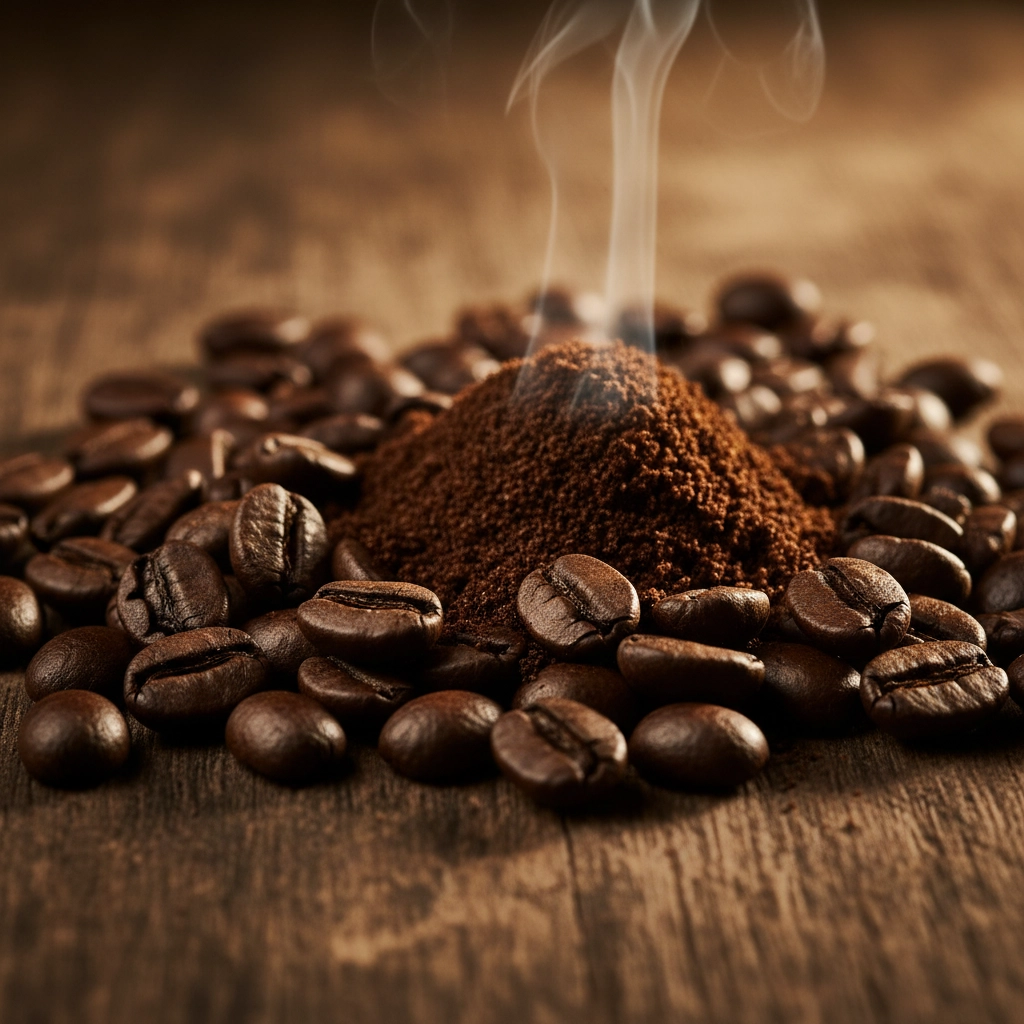
During processing and roasting, these molecules undergo dramatic transformations. Think of it like cooking: when you caramelize onions, the heat transforms their sharp bite into sweet, complex flavors. Coffee beans experience similar chemical magic during roasting.
The volatile compounds responsible for aroma include aldehydes, ketones, furanones, furans, sulfur compounds, and pyrazines. Each compound group contributes distinct characteristics. Pyrazines, for example, create those nutty, earthy notes, while aldehydes can produce fruity or floral aromas.
The Maillard Reaction: Coffee's Flavor Factory
The Maillard reaction is coffee's secret weapon for flavor development. This isn't just coffee science: it's the same reaction that gives bread its golden crust and makes grilled meat so delicious.
When coffee beans heat up during roasting, amino acids and reducing sugars collide and react, creating entirely new flavor compounds. This is where those beloved chocolate notes come from. The reaction produces pyrazines, aldehydes, and furans: the same compounds found in actual chocolate, which explains why coffee and chocolate pair so beautifully.
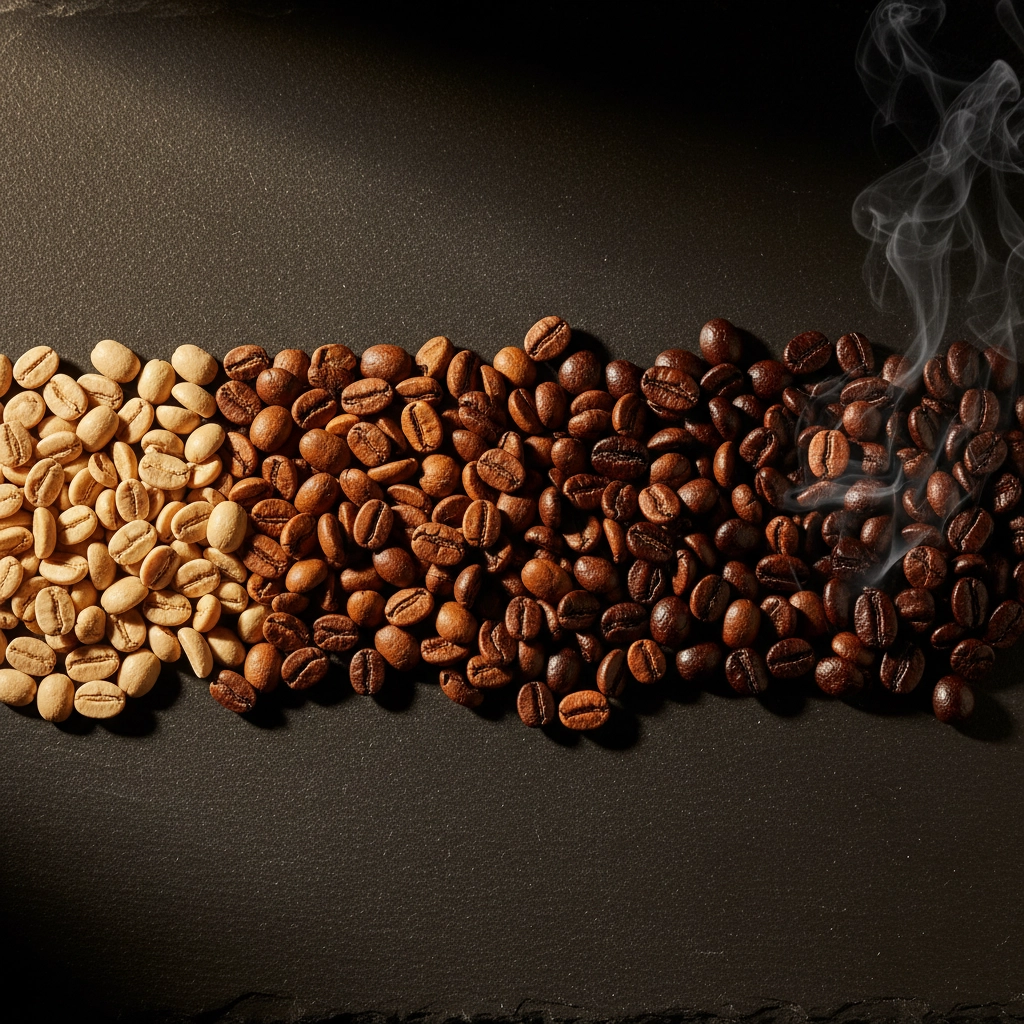
The Maillard reaction is time and temperature sensitive. Light roasts showcase more of the bean's original flavors because the reaction has less time to work its magic. Dark roasts, on the other hand, show more influence from this chemical transformation, often displaying deeper, more roasted flavors.
Naturally occurring sugars in coffee beans also caramelize during roasting, adding layers of sweetness and complexity. This is why properly roasted coffee can taste sweet without any added sugar: the heat has unlocked and transformed the sugars already present in the bean.
Environmental Chemistry: How Growing Conditions Shape Flavor
Before roasting even begins, the coffee's flavor potential is largely determined by where and how it grows. This isn't just about terroir: it's about chemistry.
Altitude plays a crucial role in flavor development. Coffee grown between 4,000-6,000 feet experiences slower maturation due to cooler temperatures. This extended growing period allows more time for complex sugars and acids to develop within the cherry. The cooler nighttime temperatures at high altitudes also help preserve these delicate flavor compounds.
Soil composition directly influences the chemical makeup of coffee cherries. Volcanic soils, rich in minerals like potassium and phosphorus, provide essential nutrients that become part of the bean's flavor profile. Well-draining soils prevent excessive moisture that can dilute flavor compounds.
Climate patterns matter too. Consistent rainfall during the growing season followed by a dry period before harvest concentrates flavors within the cherry. Too much rain creates bland, watery flavors by diluting essential compounds, while drought stress can create overly intense, sometimes harsh characteristics.
Decoding Flavors: The Coffee Flavor Wheel
Professional coffee tasters use a systematic approach to identify and communicate coffee's diverse flavors through the Coffee Flavor Wheel. This isn't just coffee snobbery: it's a practical tool based on sensory science.
The wheel organizes flavors into a hierarchy. The innermost ring contains broad categories: fruity, floral, sweet, nutty/cocoa, spicy, roasted, and others. The middle ring breaks these down further: fruity becomes berry, citrus, or tropical. The outer ring gets specific: blueberry, lime, or mango.
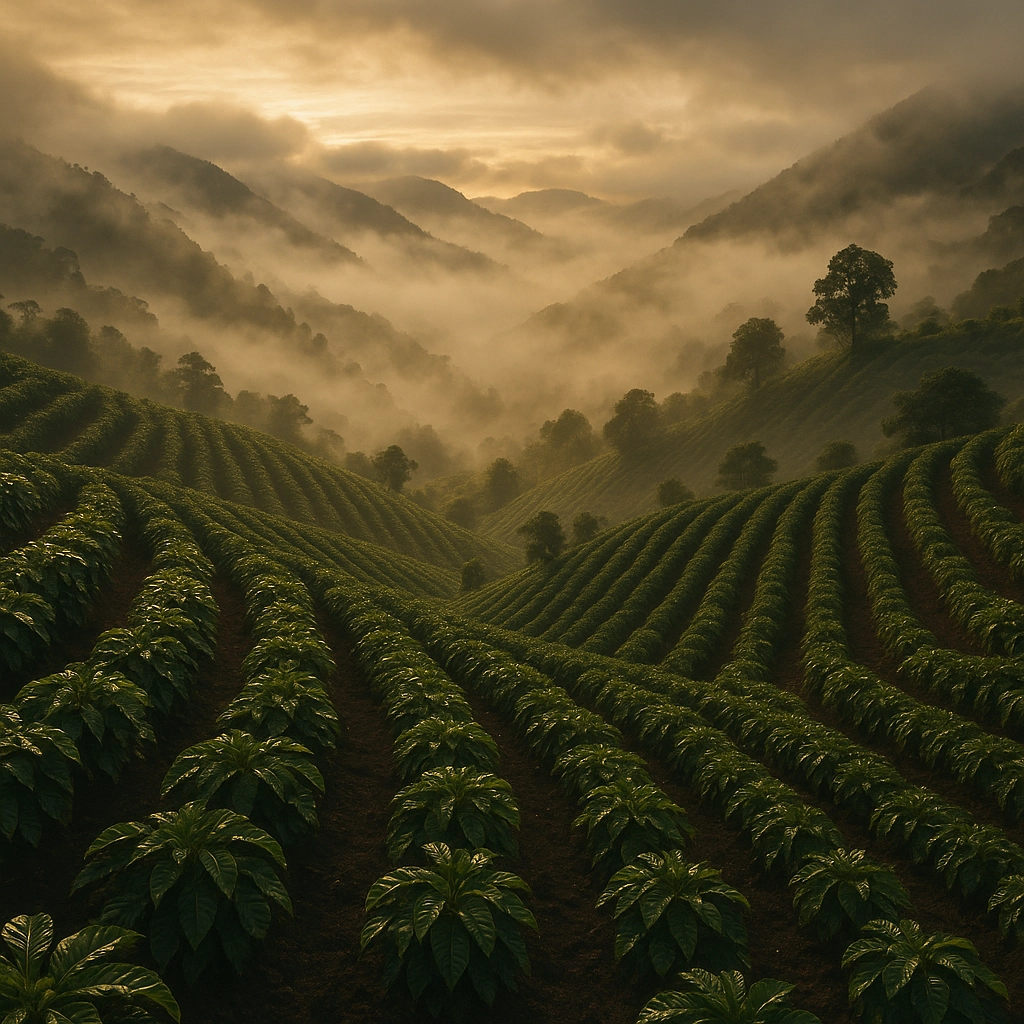
Fruity flavors like citrus, stone fruits, and berries often appear in high-acidity coffees, particularly those from Africa. These flavors develop when certain acids and esters form during fermentation and roasting.
Floral aromas reminiscent of jasmine or rose commonly appear in Ethiopian coffees, created by specific volatile compounds that develop during processing.
Nutty and chocolatey notes including hazelnut, almond, or dark chocolate frequently show up in Brazilian or Central American coffees, often the result of specific growing conditions and processing methods.
Spicy characteristics encompassing warming spices like cinnamon or clove can develop through particular roasting profiles that emphasize certain compound formations.
The Extraction Science: Bringing Flavors to Life
All this flavor potential means nothing without proper extraction. This is where water temperature, grind size, brewing time, and brewing method come together to determine which compounds end up in your cup.
Different compounds extract at different rates. Acids and sugars extract quickly, giving coffee its initial brightness and sweetness. Caffeine and other bitter compounds take more time. This is why under-extracted coffee tastes sour (mostly acids) while over-extracted coffee tastes bitter (too much of everything, including the harsh compounds).
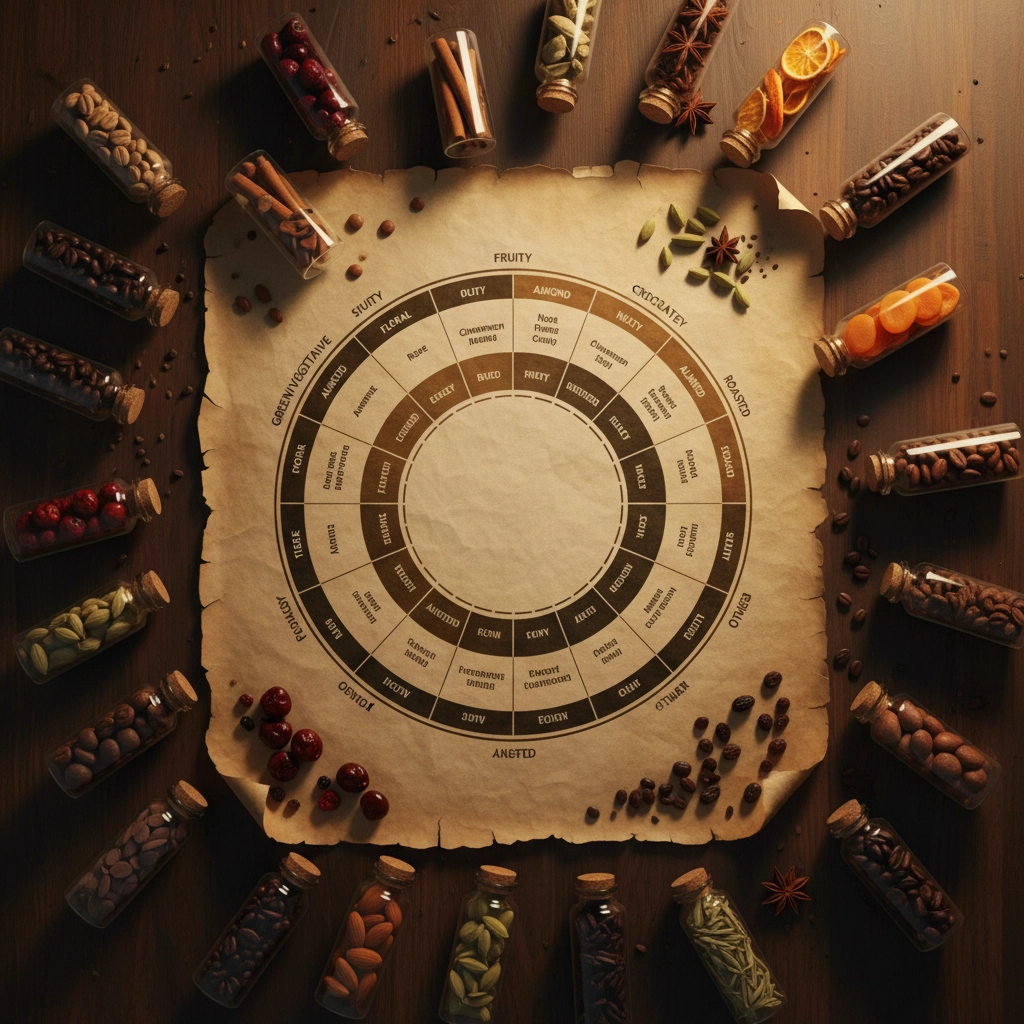
Water temperature affects extraction speed and which compounds dissolve. Too hot, and you'll pull harsh, bitter compounds. Too cool, and you won't extract enough of the good stuff. The sweet spot is typically 195-205°F.
Grind size controls surface area and extraction rate. Fine grinds extract quickly but can lead to over-extraction if you're not careful. Coarse grinds extract slowly, perfect for longer brewing methods like French press.
Brewing time determines how long water contacts coffee grounds. Espresso uses fine grounds and high pressure for quick extraction (25-30 seconds), while cold brew uses coarse grounds and extended time (12-24 hours) for smooth, low-acid results.
Putting Science Into Practice
Understanding coffee science helps you make better brewing decisions at home. If your coffee tastes sour, you probably need to extract more: try a finer grind, hotter water, or longer brewing time. If it's bitter, reduce extraction with coarser grounds, cooler water, or shorter contact time.
When choosing beans, consider how growing conditions and processing methods might affect flavor. High-altitude, washed-process coffees often showcase bright, clean flavors, while natural-process coffees from lower altitudes might offer more body and fruity sweetness.
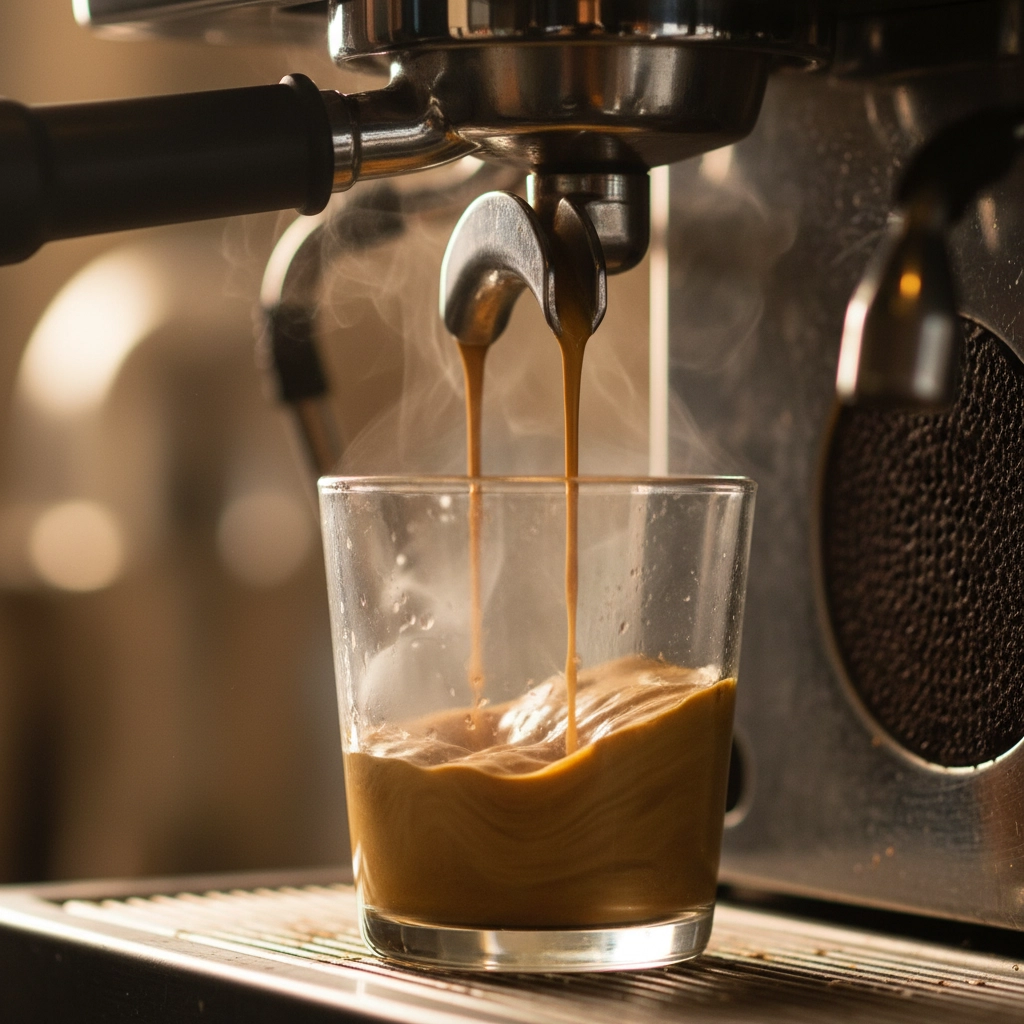
The next time you sip your coffee, remember you're experiencing the result of incredible chemical complexity: from the soil minerals that fed the coffee plant, through the Maillard reactions that created flavor compounds during roasting, to the extraction science that brought those flavors into your cup.
Coffee isn't just a caffeine delivery system: it's a showcase of agricultural science, chemistry, and culinary art all working together. Understanding these scientific principles doesn't diminish coffee's magic; it reveals just how remarkable this everyday miracle really is.
Whether you're brewing at home or exploring new coffee shops, this scientific foundation helps you appreciate the incredible complexity hidden in every cup. The more you understand about coffee's flavor science, the more you can enjoy and experiment with this endlessly fascinating beverage.




